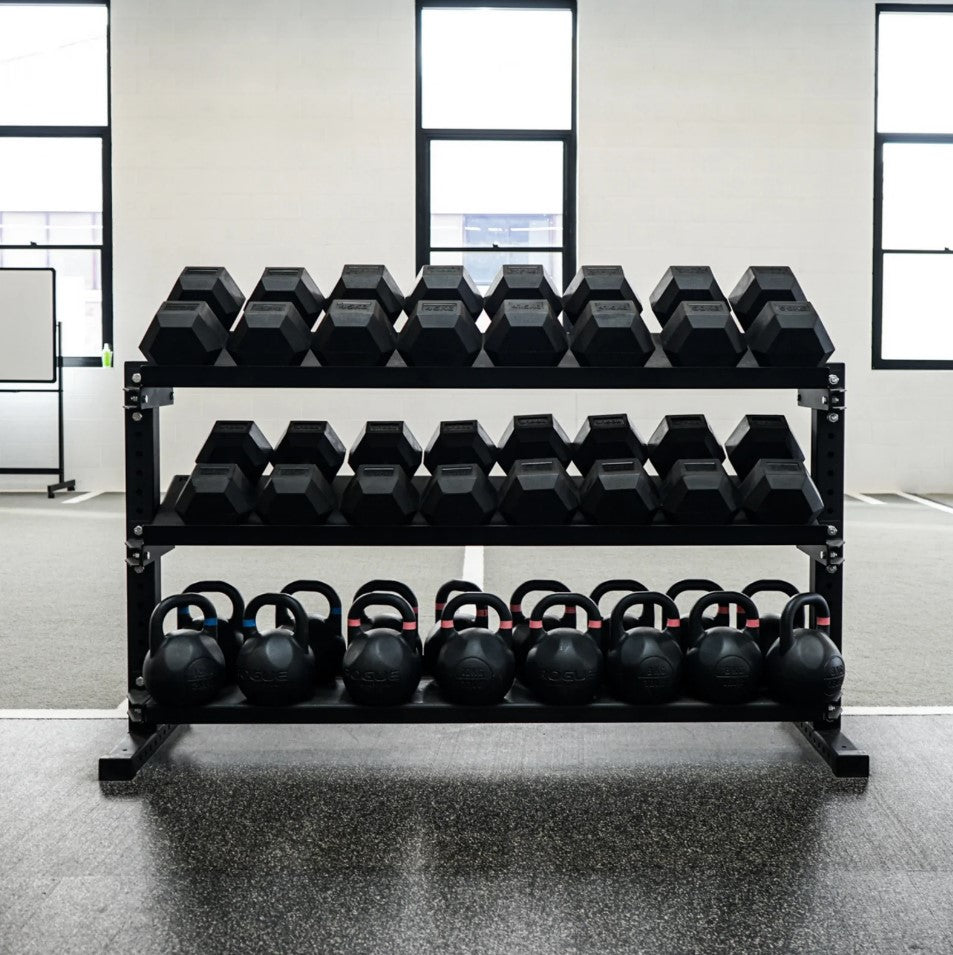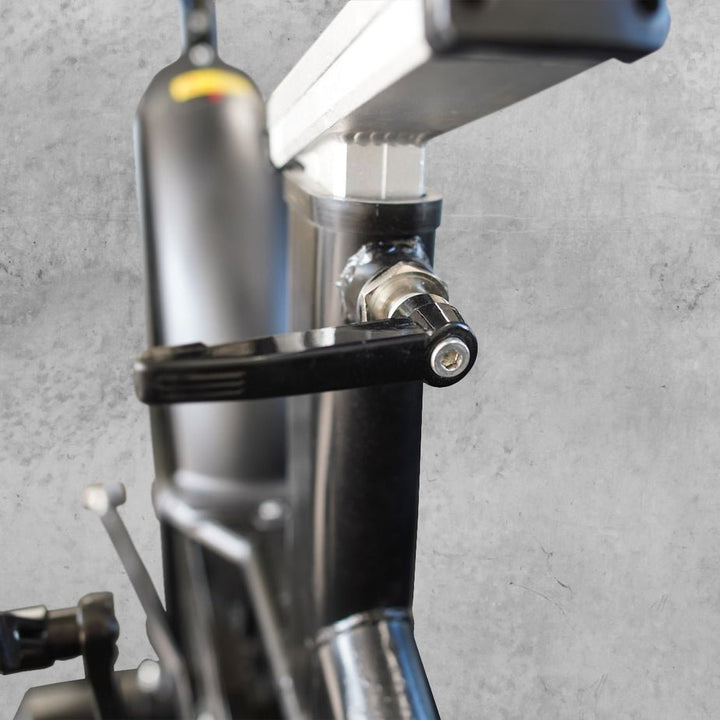Dumbbell Bench Press: How To and Muscles Worked

Looking to enhance your upper body workouts? The dumbbell bench press is a fundamental exercise for anyone aiming to boost strength and muscle in their chest, arms, and shoulders. It’s versatile, effective, and perfect for targeting specific muscle groups more intensely.
What is a Dumbbell Bench Press?
The dumbbell bench press is a strength-training staple that uses dumbbells to press from a bench, allowing for a wider range of motion compared to barbell presses. This freedom helps improve muscle imbalances and enhances joint stability, making it an excellent choice for both beginners and advanced athletes.
Dumbbell Bench Press Benefits
- Enhanced Muscle Activation
One of the biggest benefits of the dumbbell bench press is the enhanced muscle activation it offers. Because each arm works independently, the exercise recruits more stabilizing muscles to maintain balance and control.
This increased engagement of the pectoral muscles, deltoids, and triceps leads to better muscle growth and strength development.
- Improved Range of Motion
Dumbbells allow for a greater range of motion compared to a barbell. This extended range helps in fully stretching and contracting the chest muscles, leading to more effective workouts. The increased flexibility can also contribute to better muscle development and improved joint health.
- Balanced Muscle Development
Using dumbbells can help correct muscle imbalances that may develop from barbell pressing. Since each arm operates independently, the stronger side cannot compensate for the weaker one. This balanced approach ensures that both sides of the body develop equally.
- Versatility in Training
The dumbbell bench press offers versatility that can enhance your workout regimen. You can easily adjust the angle of the bench to target different parts of the chest, like performing incline or decline dumbbell presses.
Additionally, dumbbells allow for various grip positions (neutral, pronated, or supinated), which can shift the focus to different muscle groups and provide a more comprehensive upper-body workout.
Dumbbell Bench Press Muscles Worked
This comprehensive exercise targets:
- Pectoralis Major
Pectoralis major is a large, fan-shaped muscle that makes up the bulk of your chest. It’s the primary mover in the dumbbell press, responsible for pushing the weights upwards and bringing them together at the top of the movement.
- Triceps Brachii
Located on the backside of your upper arm, the triceps are crucial for extending your elbow. This action is essential for pushing the dumbbells up during the dumbbell bench press.
- Anterior Deltoid
The front portion of your shoulder muscle helps stabilize the dumbbells and assists in the pushing motion.
- Serratus Anterior
This muscle sits on the side of your chest and ribs. It helps rotate your shoulder blade and keep it stable throughout the dumbbell press movement.
- Core Muscles
While not directly involved in pushing the weight, your core muscles engage to maintain a stable and upright torso throughout the exercise. This is important for proper form and injury prevention.
Dumbbell Bench Press Variations
- Neutral Grip Dumbbell Press
This variation is easier on the shoulders compared to the standard dumbbell press. Hold the dumbbells with your palms facing each other throughout the movement. This reduces internal rotation in the shoulders, making it suitable for those with shoulder issues or who prefer a more comfortable pressing motion.
- Incline Dumbbell Press
The incline dumbbell press is performed on an incline bench. It targets the upper portion of your pectoralis major more intensely compared to the flat bench press. The incline angle places greater emphasis on the anterior deltoid (front shoulder) as well. This can be great for building a thicker upper chest and stronger shoulders.
- Decline Dumbbell Press
Done on a decline bench, this variation shifts the focus to the lower chest muscles. However, it’s crucial to be careful when doing this exercise as it can put more stress on your shoulders.
You may consider consulting a trainer for proper form and weight selection, as well as prioritize exercises like the flat dumbbell press for overall chest development.
- Single-Arm Dumbbell press
This unilateral exercise challenges your core stability and balance while working each pectoral muscle individually. Lie on a flat bench with one dumbbell in each hand. Press one dumbbell straight up while lowering the other dumbbell towards your chest, then repeat on the other side.
This variation is great for identifying and addressing any strength imbalances between your left and right pecs.
Dumbbell Bench Press Form
- Grab Your Weights:
First, pick dumbbells that challenge you, but also allow you to control the movement throughout the session. Don’t pick ones that are too heavy!
- Getting Started:
Lie flat on your back on a bench and plant your feet firmly on the floor, hip-width apart.
- Grip It Right
Hold the dumbbells with your palms facing in towards your body. This allows for a more shoulder-friendly position.
- Press Up Strong
Press the dumbbells straight up towards the ceiling, keeping your elbows tucked in at your sides.
- Lower with Control
Don’t just drop the weights. Instead, slowly lower the dumbbells back down to your chest and feel your chest muscles stretch.
- Don’t Bounce
Do not bounce the weights off your chest as this can hurt your shoulders.
- Feel the Squeeze
At the top of the press, squeeze your chest muscles like you’re trying to crush the dumbbells together.
- Repeat and Breathe
Do 8-12 repetitions of this movement, breathing out as you press the weights up and inhaling as you lower them.
Dumbbell Bench Press Alternatives
How to Do Dumbbell Bench Press Without a Bench
This exercise closely mimics the dumbbell bench press but uses the floor instead of a bench.
To do this, lie flat on your back with your knees bent and feet flat on the ground. Hold dumbbells in each hand and press them straight up towards the ceiling, keeping your elbows tucked in at your sides. Lower the weights back down with control to your chest.
To do incline push-ups, you can find a sturdy elevated surface like a step or a chair. Place your hands on the surface, shoulder-width apart, and further forward than your shoulders.
Perform a push-up by lowering your chest towards the surface and pressing back up. This variation targets your upper chest more than a regular push-up.
Similar to incline push-ups, but in reverse. Find a secure, elevated surface for your feet, like stairs or a platform, then place your hands shoulders-width apart on the floor in front of you and perform push-ups, lowering your chest towards the ground.
This variation emphasizes your lower chest muscles.
This push-up variation targets your triceps more than your chest, but it still provides a good chest workout.
Get into a push-up position with your hands close together, forming a diamond shape with your thumbs and index fingers touching. Lower your chest towards the ground and press back up.
This exercise adds a core challenge to your regular push-up. After lowering yourself in a push-up, lift one hand off the ground and tap your shoulder with it. Return your hand to the ground and repeat with the other side before pressing back up to complete the push up.
How to Avoid Injury?
Don’t jump straight away into heavy weights. Instead, try dedicate 5-10 minutes for a warm up. Focus on arm circles, shoulder rolls, and light dumbbell presses without weights or with very light weights. This helps prepare your muscles and joints for the workout.
Proper form is important to prevent injury. Therefore, remember to always maintain a proper form throughout the workout to achieve the best results.
Don’t be tempted to go too heavy. Always start with a weight that you can control for 8-12 repetitions with perfect form. Gradually increase the weight as you get stronger. Lifting too heavy can strain your muscles or damage your joints.
Don’t hesitate to ask for a spotter, especially when you’re lifting heavier weights. A spotter can help you lift the weight safely and prevent accidents.
Additionally, pay attention to your body. If you experience any pain during the press, stop immediately and consult a healthcare professional. Pain is a warning sign, so listen to your body!
The Equipment That You Need for Doing The Exercise
To maximize your dumbbell bench press efforts, quality equipment is crucial:
The dumbbell bench press is a superb exercise for developing upper body strength and enhancing muscle definition. Equipped with the right BRIXX Fitness gear, you can take your training to the next level, ensuring effective workouts and optimal results. Explore our range of high-quality fitness equipment and start transforming your fitness routine today!






















